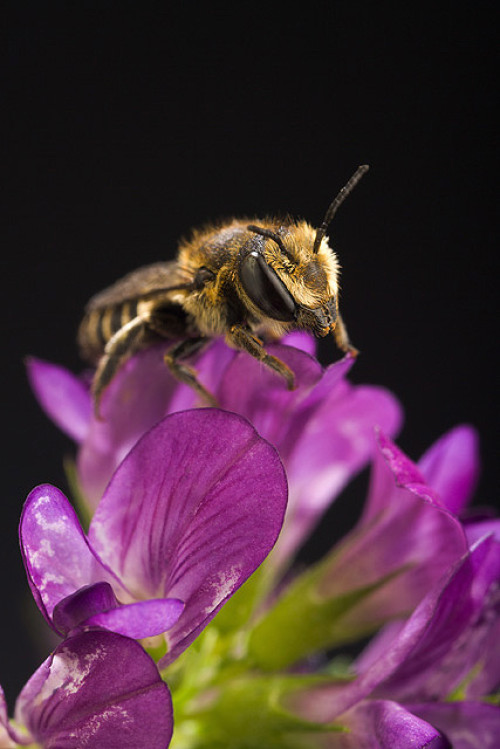
EMERALD ASH BORER DESTRUCTION FINDS ITS WAY TO BOULDER
A three-month-long survey by the City of Boulder Forestry Division and the Colorado Department of Agriculture has determined that 13 percent of the 36-square-mile area of Boulder surveyed contains emerald ash borer activity.
That’s about five square miles.
The discovery of the pest in September around the intersection of 30th Street and Iris Avenue was the first indication of the emerald ash borer’s presence in Colorado. Now that the survey has determined which ash trees are infested, the City of Boulder Forestry Division can organize chemical treatments within a five-mile radius of those trees to try to stop the spread of this infestation.
The emerald ash borer is a small, green metallic beetle originating from Asia, first discovered in the United States in Michigan in 2002. This federally quarantined pest has no natural predators in the States, allowing for the rapid spread of an infestation that led to the killing or damage of 50 million ash trees in 22 states. Emerald ash borer activity causes S-shaped tunnels under the bark in ash trees, damaging the trees’ nutrient transportation system and leading to dead branches, crown thinning and vertical splits in the bark. Their D-shaped holes on bark surface also increase woodpecker interest in the ash trees. Research Service Ash trees are plentiful in Boulder, popular for their brilliant fall colors and shadowing canopies; their total count is around 98,000 within the city. A quarantine established in September prohibiting the movement of ash trees and their wood outside of Boulder aims to stop this infestation from spreading to Denver’s 1.45 million ash trees.
CANADIAN BEES MAKE GOOD USE OF PLASTIC WASTE
A bee species in Canada is using plastic bags to build its nests, making it one of the first organisms to have a positive interaction with the usually damaging plastic waste, according to a new study.
The study, conducted by University of Guelph graduate Scott Maclvor and scientist Andrew Moore, used x-rays, scanning electron microscope and infrared microscopy to analyze elements of bees’ nests.
They found two species of bees using plastics, including building sealants like caulking and plastic bags, in their nests.
MacIvor theorized that this variation occurred because the bees will use the closest suitable materials to build their nests to complete the nest faster. The quicker they can construct their nest, the more larvae they have places for and the greater the chance they can pass on their genetic traits. The scientists speculate that an additional perk to using the plastic waste might be that harmful parasites looking to invade a nest may not recognize the synthetic materials. The study’s findings — that these bees have flexible nesting behaviors — indicates that they may be able to continually adapt to their changing environments, which is vital, since agricultural crops and plants rely heavily on bee pollination.
“Observations like this might increase in commonness as more plastic waste is introduced to the landscape,” MacIvor says. “Maybe different species of bees, and even birds, will come in contact with plastic waste and start using it.”














